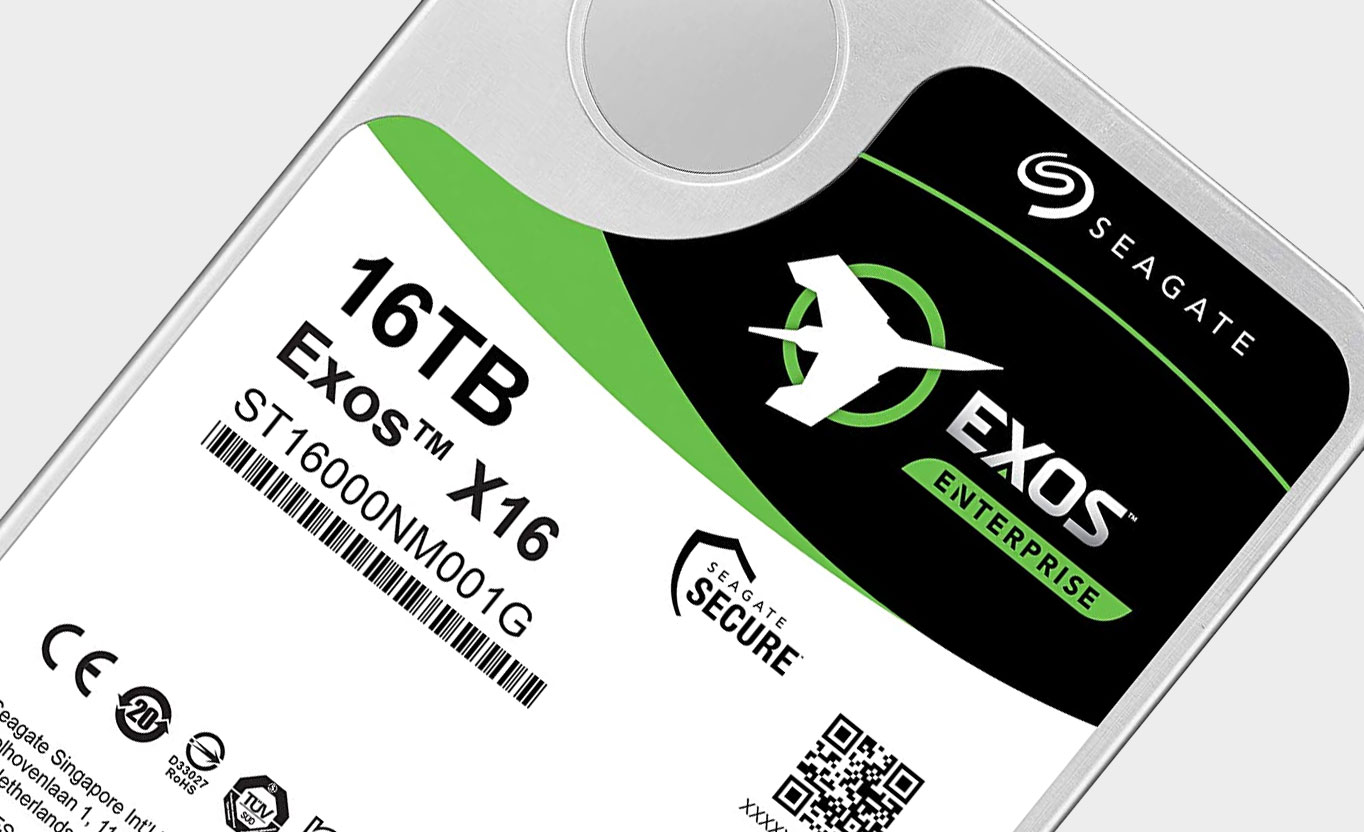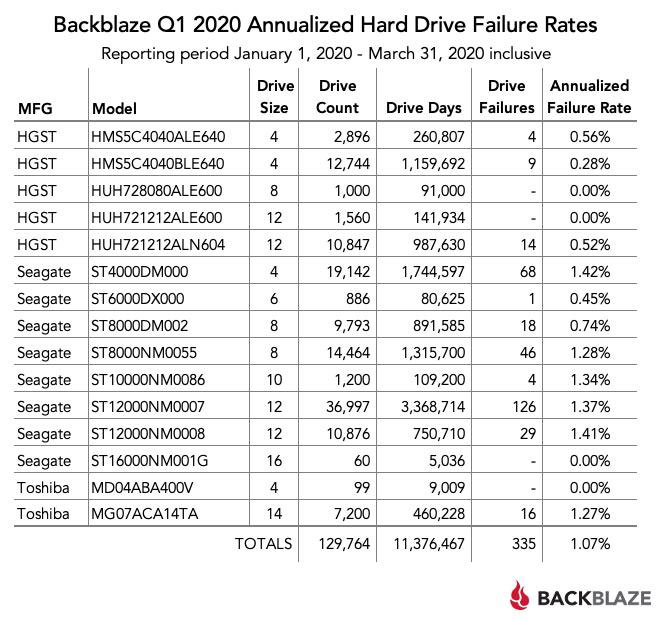Seagate's 16TB drive shines in latest HDD reliability report, but more data is needed
Cloud backup firm Backblaze posted HDD failure stats for the first quarter.

Mechanical hard disk drives are no longer in fashion as the primary storage medium in a gaming PC, but bulk HDDs still have their place. Primarily, they're still the best option for bulk backups. They can also be instrumental in managing ever-expanding game libraries, if you find yourself short on SSD space. This is why I'm always interested when Backblaze, a cloud storage provider, posts detailed reliability reports on the HDDs it uses. In its latest report, Backblaze offered up some preliminary (and encouraging) data on dozens of 16TB HDDs in its employ.
I'm especially interested in larger capacity HDDs because there is an inherent conundrum—the bigger the HDD the more space you have for things you don't want cluttering up your SSD, but if a monstrous capacity HDD fails, you could potentially lose a whole lot of data all at once.
The alternative is to go with multiple smaller capacity HDDs, but that takes away from the convenience that a bulk storage medium has to offer in the first place. Choose your poison, if you will.
Another consideration is brand. Anecdotally, I've seen more people complain about Seagate HDDs than any other manufacturer. But are Seagate drives actually less reliable than other brands? That's where Backblaze comes into play.
Backblaze runs storage pods containing more than 129,000 HDDs from various manufacturers, and ranging in capacity from 4TB to 16TB. The cloud backup service periodically posts detailed stats on failure rates, which include an estimated "annualized failure rate." It's based on a math equation: (drive failures / drives days / 366) * 100. In non-leap years, 366 is replaced with 365.
For the most recent quarter, Backblaze added dozens of 16TB models to the mix. It only provided stats on Seagate's 16TB drives, because it removes any models that were either used simply for testing purposes, or those for which it had less than 60 drives in service.
Here's how it went:
The biggest gaming news, reviews and hardware deals
Keep up to date with the most important stories and the best deals, as picked by the PC Gamer team.

The "drive days" category is indicative of how many drives were employed on each and every day in a given time period. For example, if there are 10,000 drives in use on any given day, that equals 10,000 drive days for that single day. And if all those drives were employed each day for 30 days, you're looking at 300,000 drive days for that particular model.
As it relates to Seagate's Exos X16, a 16TB enterprise HDD, Backblaze has 5,036 drive days worth of data, based on that formula. More importantly, not a single one of those drives failed in the past three months.
This is encouraging, though also limited in scope. Out of those models that got recorded, there were fewer Exos 16 HDDS than any other drive. The way Backblaze calculates things, had just one of those drives failed in the past three months, it would have equated to a not-so-peachy 7.25 percent annualized failure rate.
In other words, the data and Backblaze's accounting methods leave some things up for interpretation. As it relates, collectively, HGST's drives seem to be doing well with low failure rates across the board. There are less HGST drives overall compared to Seagate models, but out of 29,074 drives ranging in capacity from 4TB to 12TB, only 27 failed in the last three months.
None of this data is perfect, but I've yet to find a better accounting of HDD reliability.
Paul has been playing PC games and raking his knuckles on computer hardware since the Commodore 64. He does not have any tattoos, but thinks it would be cool to get one that reads LOAD"*",8,1. In his off time, he rides motorcycles and wrestles alligators (only one of those is true).


